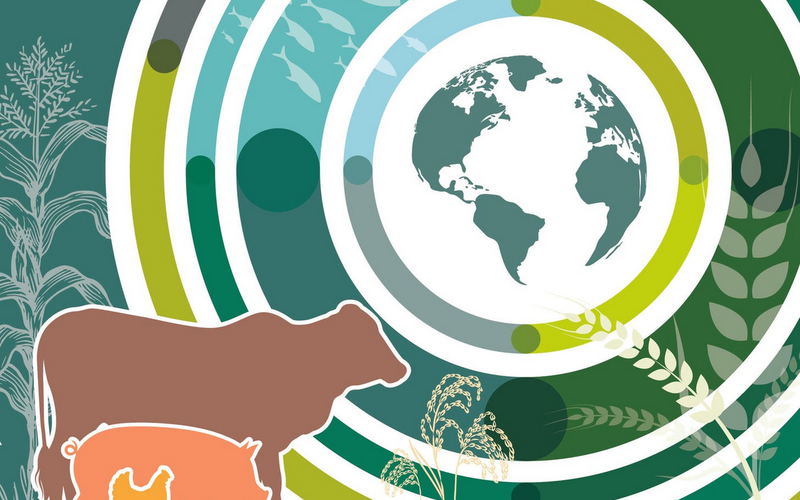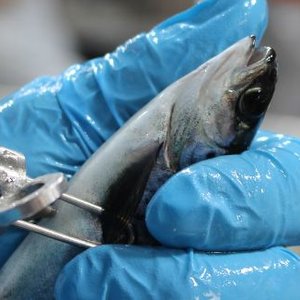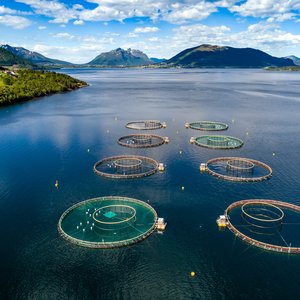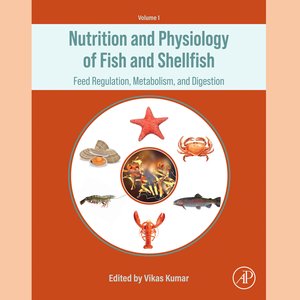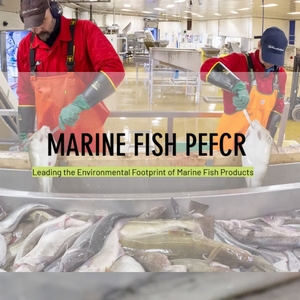Production and calorie intake of animal-source products are expected to increase as incomes rise in middle-income countries, but further increases in food production through improvements in agricultural productivity will be necessary to reduce under-nourishment and agricultural greenhouse gas (GHG) emissions at a global level, according to a new report by the Food and Agriculture Organization of the United Nations (FAO) and the Organisation for Economic Co-operation and Development (OECD).
The OECD-FAO Agricultural Outlook 2025-2034 serves as a key global reference on medium-term prospects for agricultural and fish markets at national, regional and global levels. The 21st edition of the joint analysis projects that global per capita calorie intake of livestock and fish products will increase by 6% over the next decade, driven largely by a rapid rise in lower-middle-income countries, where growth is anticipated to reach 24%, nearly four times faster than the global average.
While this rise in intake of nutrient-rich food in lower-middle-income countries will bring average per capita intake to 364 kcal daily, persistent inequalities within and across countries will remain challenging. In low-income countries, average daily per capita intake of animal-source foods is projected at 143 kcal, well below the 300 kcal benchmark used by FAO to analyze the cost and affordability of a healthy diet.
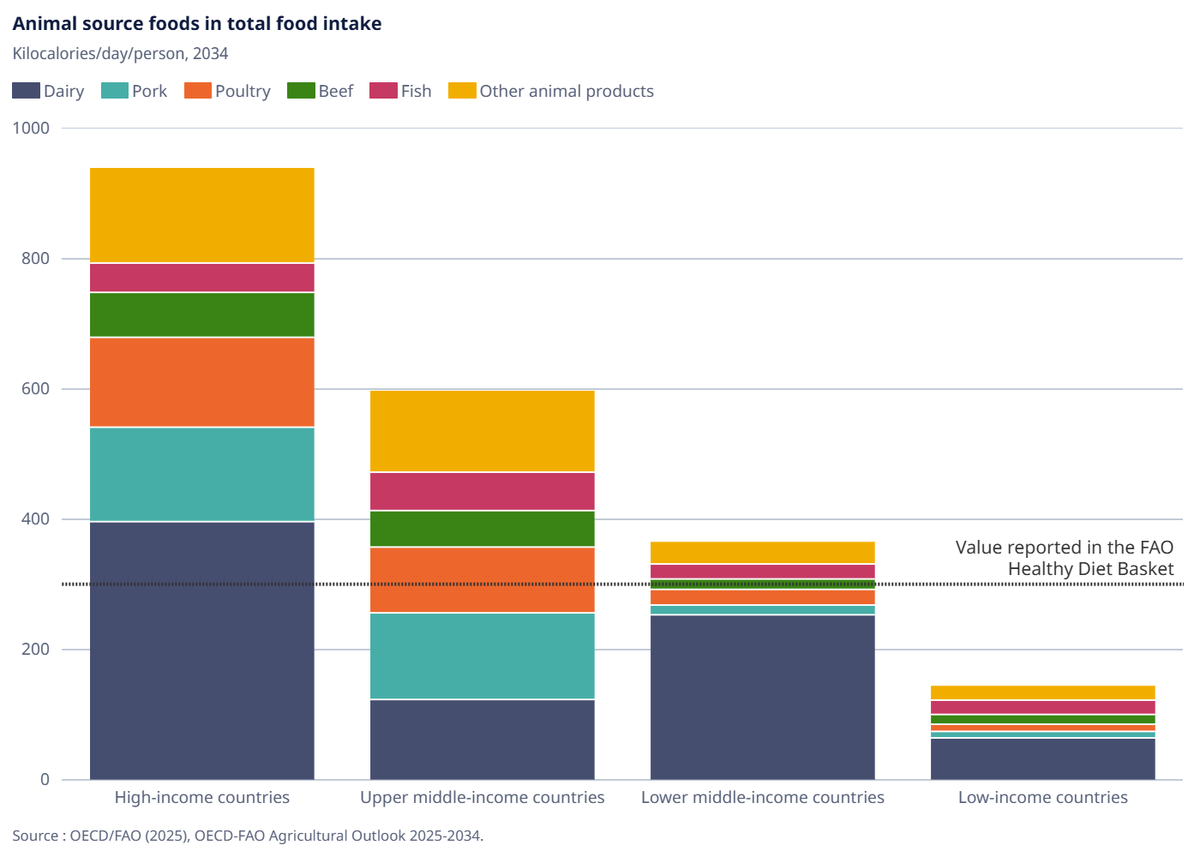
“We have the tools to end hunger and boost global food security,” OECD Secretary-General Mathias Cormann said in a press release. “Well-coordinated policies are needed to keep global food markets open, while fostering long-term productivity improvements and sustainability in the agriculture sector. The OECD and FAO can support policymakers around the world in these efforts with our data, analysis and evidence-based recommendations.”
“These projections point to better nutrition for many people in developing countries, a welcome outcome that needs to be scaled up to reach those in the lowest-income countries,” FAO Director-General QU Dongyu said. “Lower carbon intensity of agrifood systems is also welcome, but we can do better, and FAO and OECD stand ready to help drive it down even more.”
Global production of agricultural and fish commodities is projected to expand by about 14% through to 2034, mainly enabled by productivity gains in middle-income countries. But this growth entails expanded animal herds and cropland areas. While the output of meat, dairy products and eggs is set to increase by 17%, total global inventories of cattle, sheep, pigs and poultry will expand by 7%. These developments will lead to a 6% increase in direct agricultural GHG emissions over the next decade, reflecting a declining carbon intensity of global direct emissions associated with on-farm production.
Projected productivity improvements are expected to put downward pressure on real agricultural commodity prices. This could pose significant challenges for smallholder farmers who are vulnerable to market volatility and have limited capacity to adopt the innovative technologies needed to increase productivity. In addition to supporting efforts to improve productivity growth, governments must also ensure that farmers have better access to markets and locally tailored support programs, the report stated.
Increased efforts to improve agricultural productivity are needed to tackle the dual challenges of reducing undernourishment and agricultural GHG emissions, according to the Outlook. A scenario analysis suggests that global undernourishment could be eradicated and direct agricultural GHG emissions reduced by 7% from current levels if combined investments are made in emissions-reduction technologies and in increased food production through a 15% productivity improvement. Widespread adoption of currently available emissions-reducing technologies, including precision farming, livestock feed enhancements, improved nutrient and water management, and scalable low-cost practices such as crop rotations and intercropping, will be required to achieve these objectives.
In the face of potential supply chain disruptions, multilateral cooperation and a rule-based agricultural trade system are also key, as the Outlook projects that 22% of all calories will cross international borders before final consumption. Facilitating agricultural trade flows will benefit from balancing food deficits and surpluses, stabilising prices and enhancing food security and sustainability.
The main takeaways of the outlook are:
- Global cereal production is projected to grow at an average annual rate of 1.1%, driven largely by a 0.9% annual increase in yields. Harvested area is projected to expand by just 0.14% annually, less than half the 0.33% rate of the previous decade.
- By 2034, 40% of all cereals will be consumed directly by humans, while 33% will be used for animal feed. Biofuel production and other industrial uses are projected to account for the rest.
- Global demand for biofuels is projected to grow at an average annual rate of 0.9%, driven primarily by increases in Brazil, India and Indonesia.
- Sub-Saharan Africa illustrates the significant opportunities for a robust set of initiatives to improve productivity: the region’s beef cattle herd is three times larger than in North America and is projected to grow by 15%, while output per animal is only about one-tenth as high.
- India and Southeast Asian countries are projected to account for 39% of global consumption growth by 2034, compared to 32% over the past decade, while China’s share is projected at 13%, down from 32% over the past decade.
- In high-income countries, per capita consumption of fats and sweeteners is projected to decline due to shifting preferences, policy changes, and emerging health concerns.
Check out the outlook at www.agri-outlook.org.


